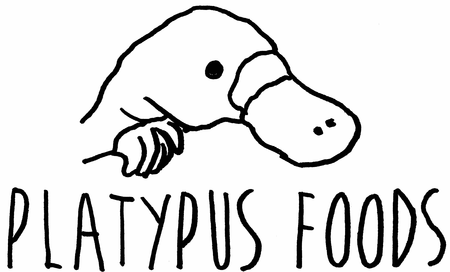How to Use
1. Baking Mix.
This can be used to make cakes, muffins, pancakes, pastries, slices and biscuits or cookies.
This can be used in all your low protein recipes that call for a brand name low protein baking mix or gluten free baking mix. It can also be used in place of the "Cook for Love" baking mix as it performs well and has much less protein. You may have to tinker with ratios of wet:dry and sugar. I have not experimented with all these mixes so cannot guarantee this. .
This mix does not contain any sugar or salt so if the mix you are using has a lot of sugar (you can see how many grams of sugar something has on the nutrition label under "carbohydrate - sugars"), you will need to adjust the amount of baking mix. For example, the Fate cake mix has 37g of sugar per 100g! You may also want to add a small amount of salt for taste or in bread recipes to control the action of the yeast. Salt just for taste is not necessary or recommended for children. You can experiment with the baking mix in recipes, using it as self raising flour or plain flour. Low protein baking batters for cakes or pancakes tend to need to be thicker than high protein versions as they can become "gummy".
2. Bread Mix
This mix can be used to make all yeast breads, fruit loaf, buns, bagels, pizza bases, focaccia and flavoured breads. As it has potato starch, tapioca flour, psyllium husk, xanthan gum and bicarb soda, it is a complete bread mix and only needs the addition of liquids and yeast.
It can be used in any low protein bread recipe in place of the brand name low protein flour mix. For example, in Virginia Schuett's recipes, this mix can be used in place of the Welplan baking mix. You can try adding wheat starch as well or just using all Platypus Bread Mix and see which works for a particular recipe. Just remember to keep the wet:dry ratios roughly the same in any recipe. If a recipe has additional rising agents, then using the wheat starch may work better at preventing over-rising.
It can also be used in place of all the dry ingredients in a recipe: there is no need to add psyllium husk, bicarb soda and xanthan gum. I usually calculate the dry ingredients and put this much Platypus Bread Mix in, then I change the wet ingredients according to the recipe: applesauce, butter, olive oil, water, honey.
This is a really reliable bread mix and can be used with a ratio of almost 1:1 bread mix/dry ingredients to wet ingredients. The recipe I use has 330g baking mix to 335ml liquids. 500g of baking mix would require 508ml liquids. If you want to make pumpkin bread, just add some cooked, mashed pumpkin to the liquid portion and adjust the rest accordingly. If you are making buns or pizza that require shaping, you may want to reduce the liquid slightly to allow the dough to be more easily shaped. You can also make the dough the day before and leave it overnight in a sealed bag to firm it up and make it easier to handle.
As the mix has other rising agents, it does not need as much yeast or as much rising before baking; it will rise up even more when the GDL and bicarbonate soda are activated by the heat of the oven. Over-rising will create large air bubbles that collapse and create holes in the final product.
As yeast contains 44g protein for every 100g, even 1 teaspoon contains about 1.3g of protein or 66mg phenylalanine. The bread mix only requires 1 teaspoon (3g) of yeast per recipe, rather than the usual 2 teaspoons (6g) of most similar recipes, reducing the protein in a loaf by 1.3g.
